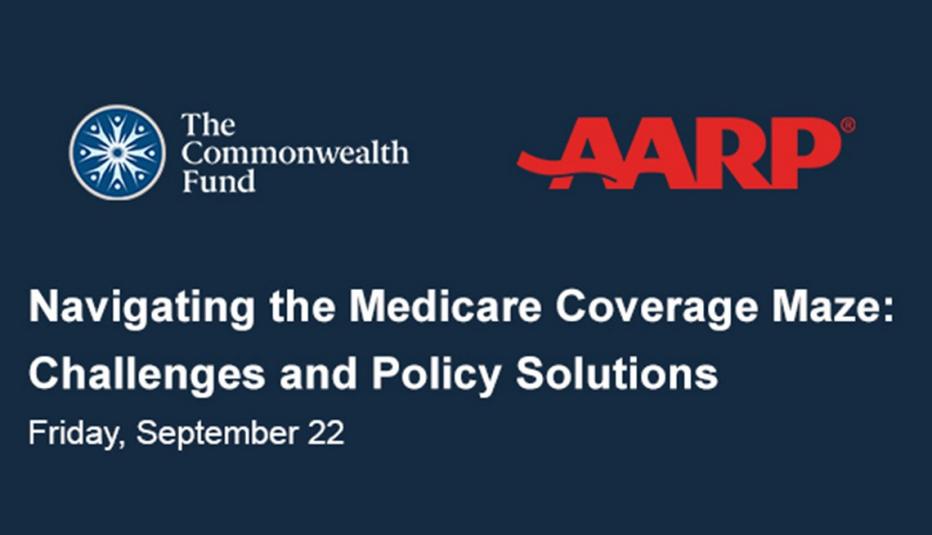AARP Hearing Center
In their 2020 annual report, the Medicare Trustees estimate that in 2026 Medicare’s Hospital Insurance (or Part A) trust fund will become “insolvent”—a term that can be misleading when taken out of context. This Insight on the Issues explains what exactly Medicare Trust Fund solvency means and puts the current projections for the trust fund’s financial outlook into perspective.


As this report explains:
- Nearly all Americans age 65 and older, plus millions of younger people with long-term disabilities, rely on the nationwide Medicare program for healthcare insurance.
- “Insolvency” refers to a potential issue specifically for the Medicare Hospital Insurance (or Part A) Trust Fund, which finances the part of Medicare that covers inpatient hospital stays, skilled nursing facility care, and some home health care.
- While trust fund estimates show that Medicare faces some financial challenges, Medicare is not “going broke.” “Insolvency” means that Medicare would fall short of being able to fully pay for the services covered by Part A. Even if the Part A (Hospital Insurance) trust fund were to become insolvent in 2026, as currently projected, Medicare would still continue to be able to cover more than 90 percent of total (all Parts) costs throughout the long-range projection period of 75 years.
- Medicare has faced projections of insolvency for the Part A trust fund throughout its history, but has always remained solvent. The trust fund has been within 10 years of insolvency 19 times since the program began.
- History reveals that trust fund solvency has been extended numerous times through a wide variety of incremental changes in Medicare policy. Some policies slowed spending growth; others increased Medicare’s revenues.
- As in the past, incremental adjustments can strengthen Medicare’s trust fund solvency and enable the program to continue protecting the people who rely on it today and in the future.






























































